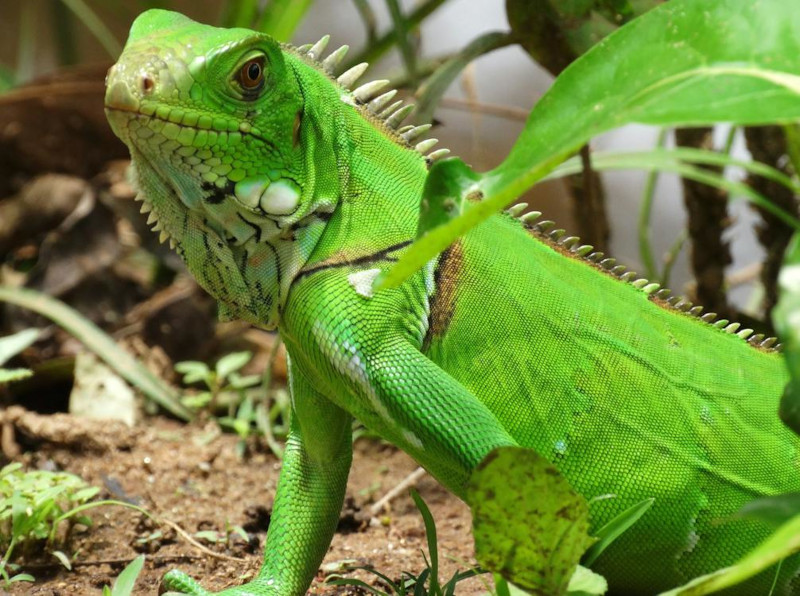
Green Iguana Facts
- The descriptive term of Green Iguana serves as the most frequently used common name for this remarkable product of evolution. The intriguing reptile does have a few other general titles, though. Those include such terms as the common green iguana and American iguana.
- Scientific professionals, however, perhaps know the amazing creature better by its purely technical epithet. Amazingly, that’s an extremely simple term for the layperson to pronounce. It’s even somewhat ironic, as well. That’s because it holds the formal tag Iguana iguana.
- The impressive creature received that simple appellation due to the efforts of Carl Linnaeus. The highly esteemed Swedish zoologist accomplished the first recognition of it as a separate and distinct species. He managed that scientifically noteworthy deed in the year 1758.
- Researchers previously believed that a large number of subspecies of the fascinating animal also existed. Subsequent studies eventually disproved this erroneous belief, however. Herpetologists eventually reclassified these as simply regional variants of the same species.
- Fortunately, the Green Iguana appears to be maintaining a large and thriving population base in the wild. That pleasant state further seems to hold true across its entire native range. The IUCN therefore presently lists it as Least Concern on its Red List of Threatened Species.
- The fauna nevertheless still faces several potential threats to its continued existence as a species, at least. Most of these dangers stem from the actions of mankind. They include the related perils of habitat degradation, loss, and the ongoing effects of climate change.
Related Articles
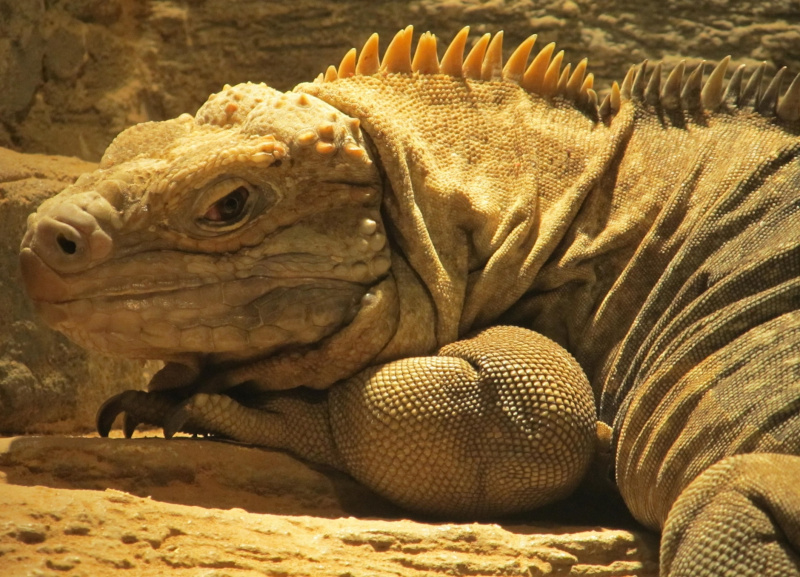
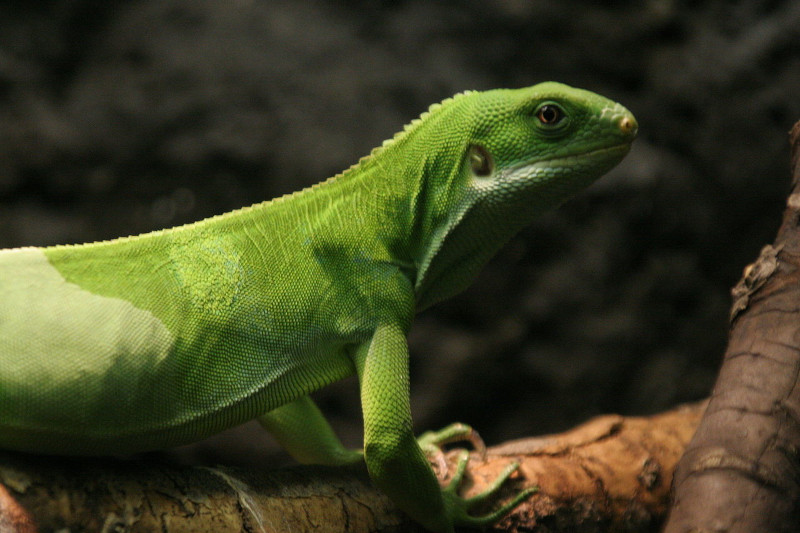

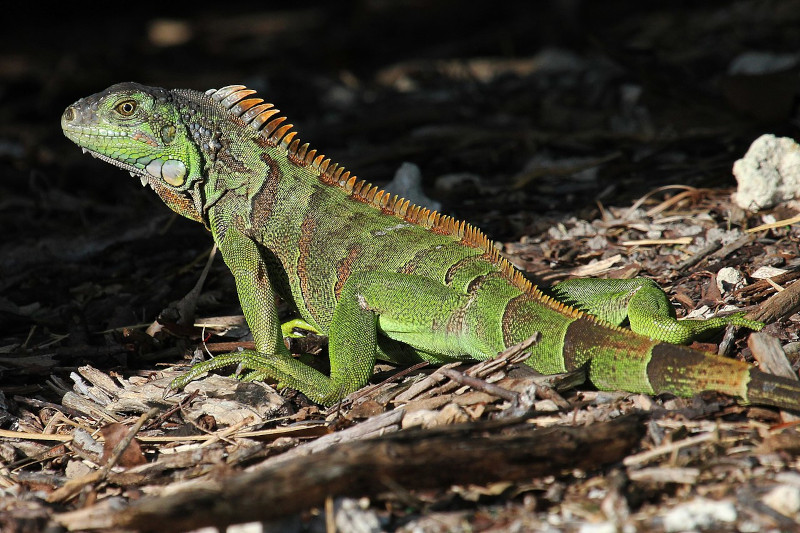
Green Iguana Physical Description
The beautiful Green Iguana almost immediately captures the attention of those individuals fortunate enough to encounter it. But the wonder doesn’t simply do so due to its visual appeal, great though that is. This holds true since it also grows to fully respectable dimensions when fully mature.
The lizard also follows the same pattern in this regard that the majority of its numerous kindred around the world display. That’s because it presents a degree of the physiological characteristic of sexual dimorphism. In its specific case, however, this trait manifests itself purely in terms of size.
More specifically, males of the species attain a greater average size than their female counterparts. This trend extends to both length and mass. Overall, though, the species reaches an average total length equaling approximately 3.9 – 5.6 ft (1.2 – 1.7 m). Yet, the tail accounts for most of this.
Despite the great total length, the body itself only averages somewhere between 12 – 17 in (30 – 42 cm). Males achieve a mean weight of about 8.8 lb (4 kg). Females, however, vary much more significantly in this respect. A typical mass for them ranges from about 2.6 – 6.6 lb (1.2 – 3 kg).
Exceptional individuals do occur, though, among both sexes. Some of the larger males reach or even exceed 18 lb (8.2 kg) in mass. On extremely rare occasions, a few mammoth examples even weigh as much as 20 lb (9.1 kg). These extreme examples occasionally reach lengths of up to 6.6 ft (2 m).
Otherwise, the genders of the mesmerizing Green Iguana present the same general outward appearance to the casual observer. Incredibly, this includes a row of thin, vertical spines extending from the tail across the back. The reptile’s tail also develops as highly elongated and quite thin.
But it’s the astonishingly vibrant colors of the creature that draw the most interest. Regardless of its common name, green only forms one of the many hues the animal presents. These vary, especially between locations. But, they include bluish, lavender, red, black, brown, and even orange.
- Kingdom: Animalia
- Phylum: Chordata
- Class: Reptilia
- Order: Squamata
- Family: Iguanidae
- Genus: Iguana
- Species: I. iguana
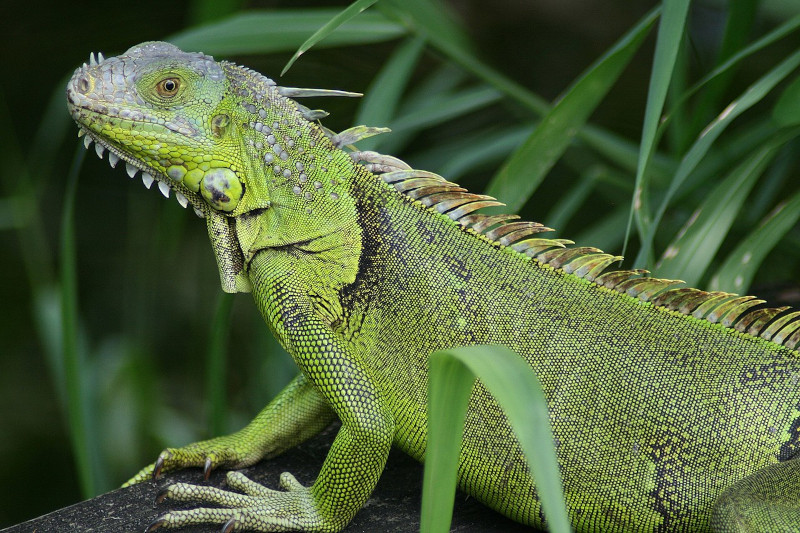
Green Iguana Distribution, Habitat, and Ecology
The deceptively-named Green Iguana evolved as endemic to a surprisingly large swathe of the earth’s surface. The full extent of that native zone of habitation might come as a shock to some people, though. That’s because it mainly lives in all of Central America and part of South America.
Though commonly present throughout Central America, southward, the distinctive animal only appears in the approximate northern half of South America. That reaches as far as northern Paraguay. To the far north, however, it does live in extreme southern Mexico, in North America.
This breathtaking creation of Nature displays decidedly strong preferences regarding its choice of habitat type. It primarily prefers to inhabit regions consisting of humid, tropical rainforests. The creature also manifests favoritism for areas situated in close proximity to abundant water sources.
Just like many other iguanas around the globe, this wonder of countless ages of evolution also developed as primarily arboreal in nature. Descending to the ground therefore occurs infrequently. It thus spends the vast majority of its time in the dense canopy of the ecosystems it inhabits.
The marvelous Green Iguana additionally developed as diurnal in terms of its behavior. For its dietary preferences, it feeds principally as a herbivore. The majority of that fare consists of various local fruit, flowers, and leaves. The occasional small invertebrate augments this, though.
Following mating, the female usually lays anywhere between 20 – 71 eggs in a burrow. Amazingly, she generally ignores the eggs completely once she has completed the process. Incubation typically requires 10 – 15 weeks. Hatchlings tend to stay together in a group for about an entire year.
Species Sharing Its Range
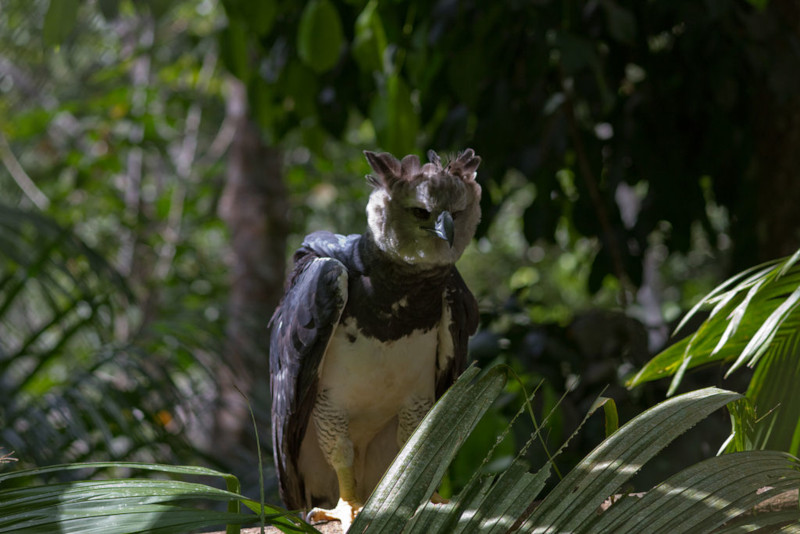
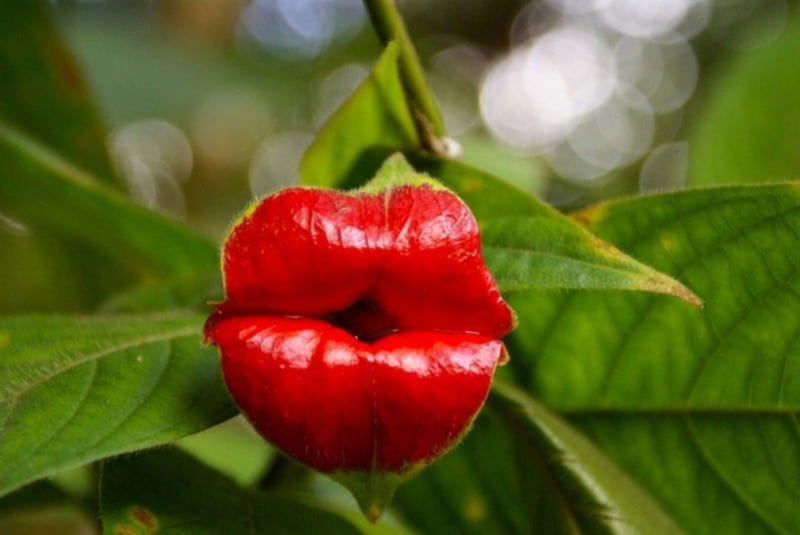
Hooker’s Lips

Check out our other articles on 3 Surprising South American Moths, Eastern Gray Squirrel, Cumberland Falls, Purple Frog, Appalachian Avens, Spiny Butterfly Ray, Indian Vulture, Evening Cicada









Leave a Reply